Developed by the startup Boom Technology, the 22-meter XB-1 aircraft, which is capable of moving faster than sound, has successfully passed the key stages of preparation for its historic debut in the air. The XB-1 demonstration aircraft has been moved from its hangar in Centennial, Colorado, to the Mojave Aerospace Port in California and is preparing for an early takeoff. The XB-1 also received an experimental certificate of airworthiness from the US Federal Aviation Administration (FAA).
“The recent progress made toward XB-1’s first flight reflects the team’s collective efforts to build and safely fly the world’s first independently developed supersonic jet,” said the founder and CEO of Boom Supersonic, Blake Scholl.
Result of 60 years of aviation technology development
The XB-1 aircraft is designed to reach a speed of Mach 2.2, which is twice the speed of sound. It is about 2700 km/h. For example, the US McDonnell Douglas F-15 Eagle fighter is capable of developing such a speed.
The first flight would take place over the Mojave Desert in the same airspace where Chuck Yeager broke the sound barrier for the first time in October 1947 on an experimental Bell X-1 aircraft.
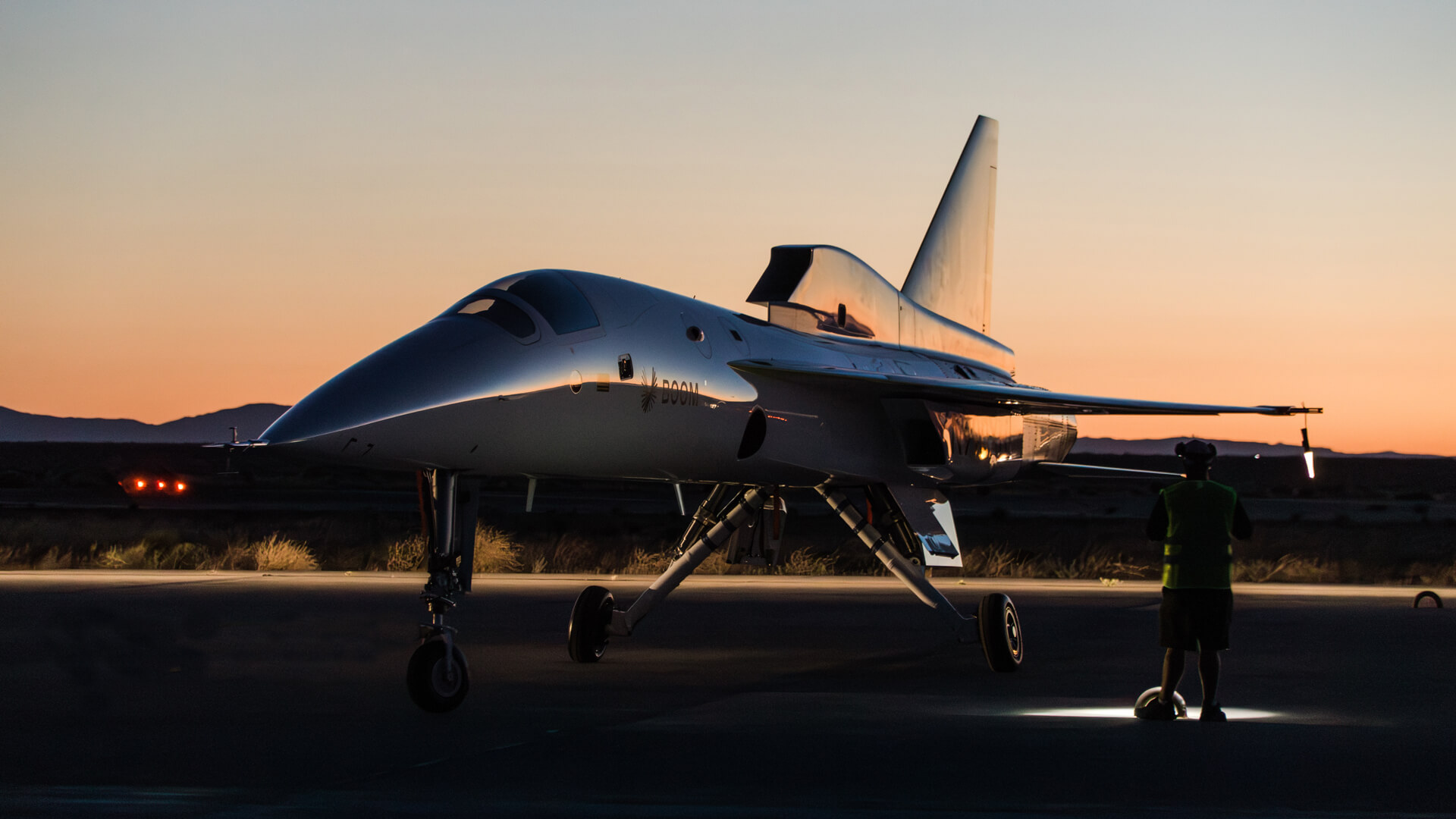
Boom also received letters of approval to use the airspace over the Mojave Desert for the XB-1, allowing chief test pilot Bill “Doc” Shoemaker and test pilot Tristan “Gepetto” Brandenburg to control the supersonic aircraft during a test flight. Both Boom’s test pilots spent hundreds of hours on simulators and a T-38 training aircraft, which helped them prepare for this significant flight.
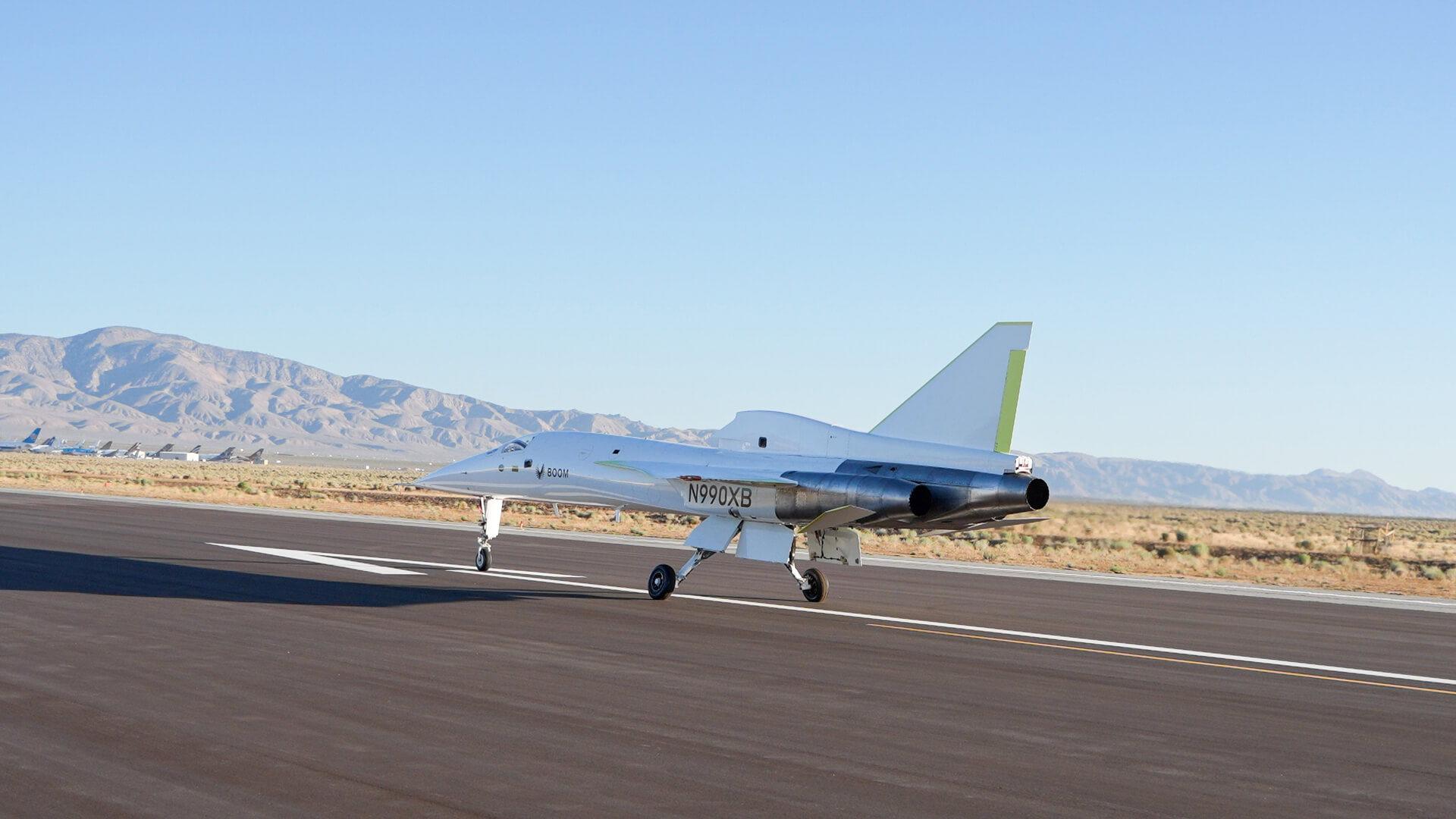
Boom emphasizes that they have combined 60 years of aviation technology, including advances in carbon fiber composites and advanced avionics, to create a carbon composite body and titanium fuselage of the XB-1.
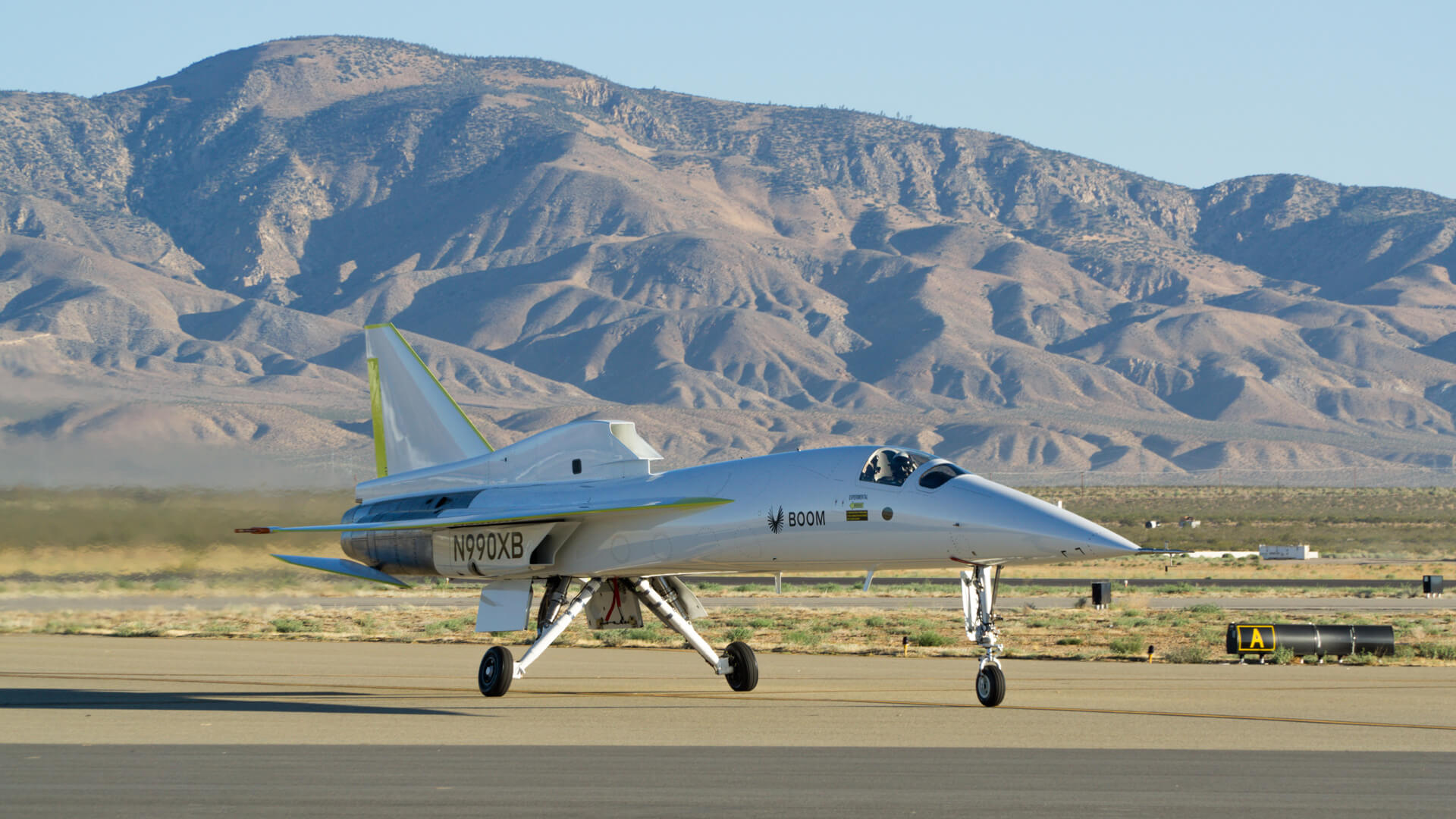
The XB-1 has a modified delta wing. This design not only makes it possible to reach speeds above Mach 2, but also guarantees a safe takeoff and landing. According to Boom, the XB-1 is equipped with three General Electric J85 engines, which provide the aircraft with a total thrust of up to 5579 kg.
Overture
The XB-1 is an important prerequisite for the implementation of Boom’s plan to create a commercial airliner called Overture, which, according to Scholl, can make supersonic flights standard. If the XB-1 tests are successful, Boom plans to release the Overture aircraft in 2026, and the first flight is scheduled no earlier than 2027.
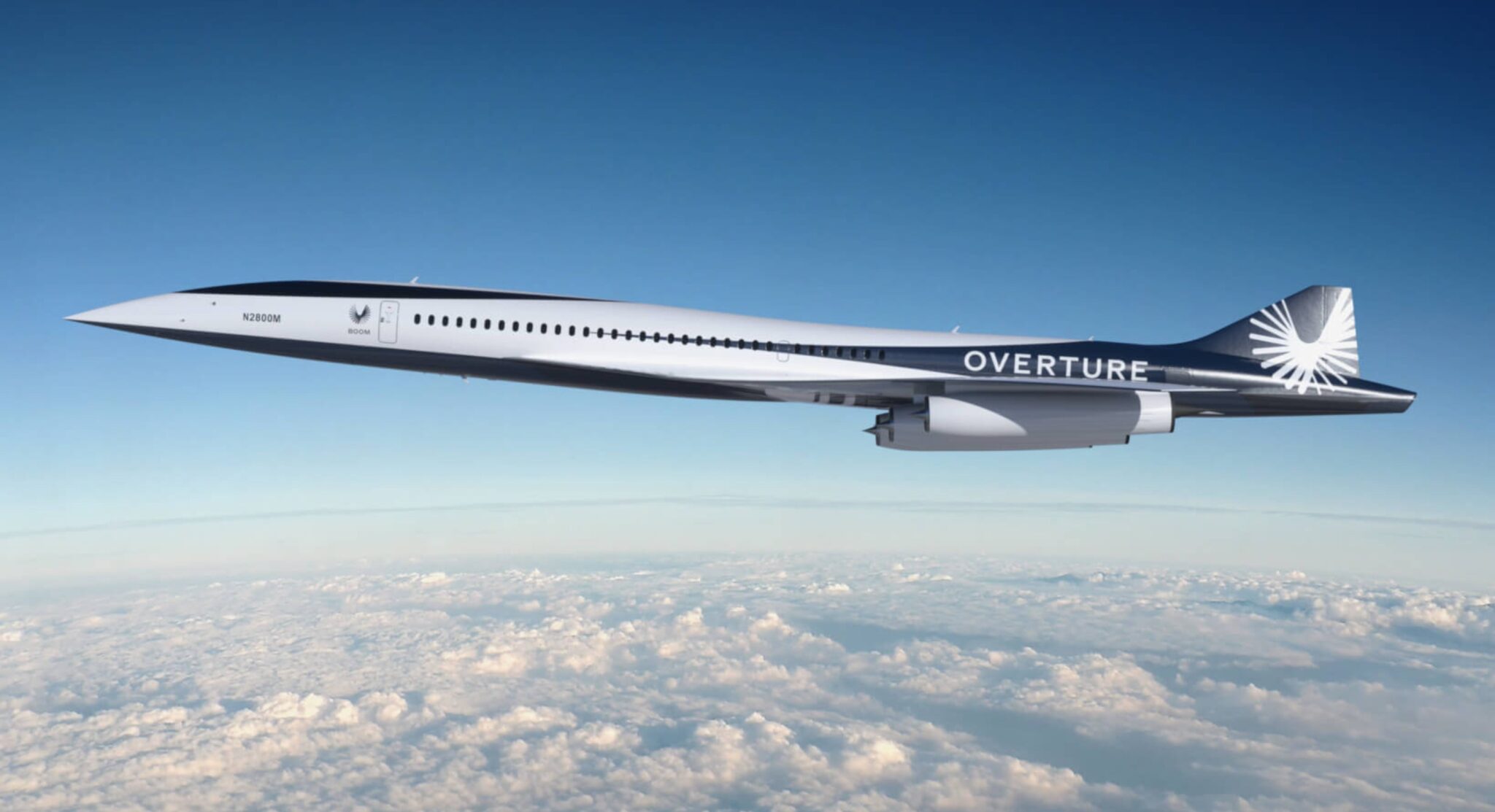
Overture would be the heir to the last commercial supersonic Concorde aircraft, which was operated from 1969 to 2003. The Overture will have a length of 61 meters and will be able to reach a cruising speed of Mach 1.7, which is 20% faster than the speed of modern commercial aircraft over land and twice as fast over water. Overture will also run on 100% environmentally friendly aviation fuel, Boom reports.
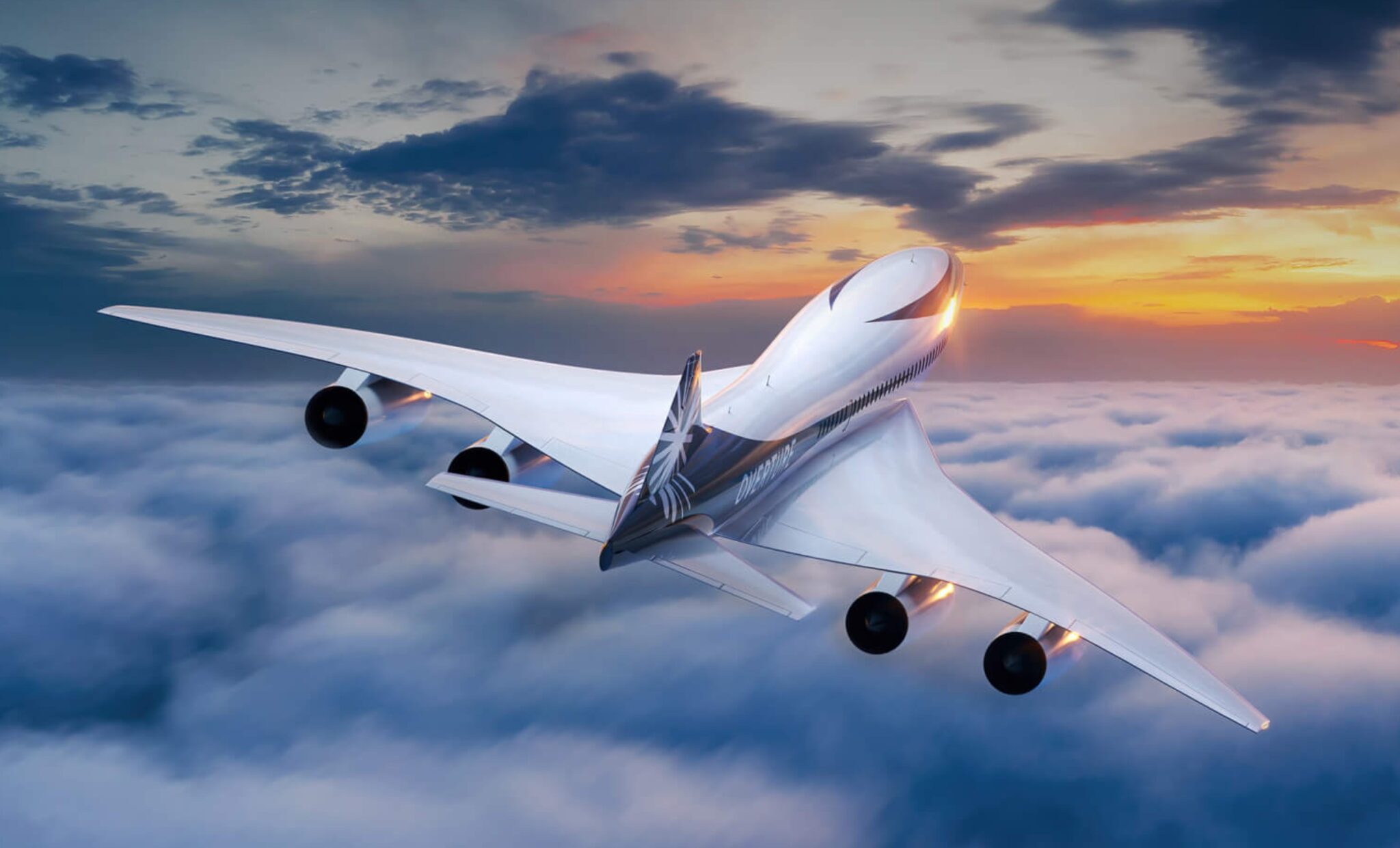
According to the company, when the aircraft is put into operation, it will be able to cover the distance between New York and Rome in just 4 hours and 45 minutes, which is a significant reduction compared to the current 8 hours. Also, the journey between San Francisco and Seoul will take only a little more than 8 hours, instead of the usual more than 12 hours.
Earlier we reported on how NASA and Boeing presented the X-66A aircraft.
According to Space
Follow us on Twitter to get the most interesting space news in time
https://twitter.com/ust_magazine

